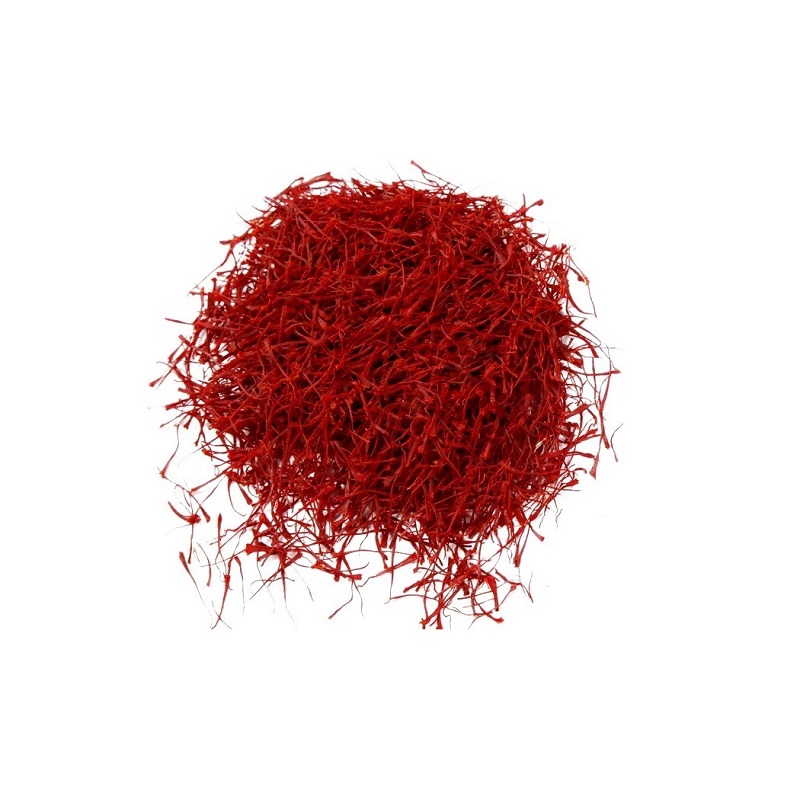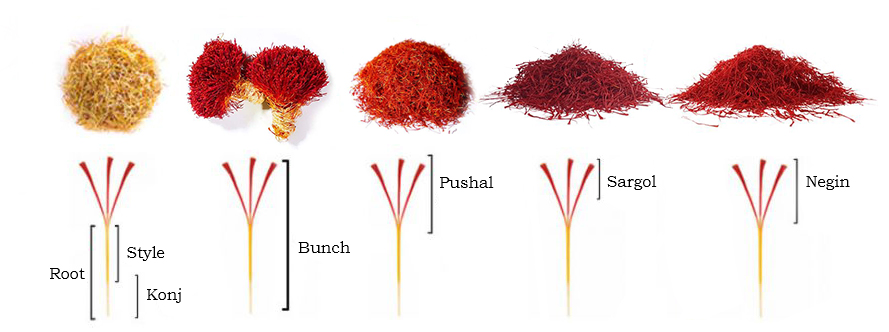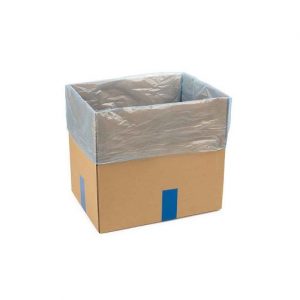Saffron


Saffron originates from a flower called “Crocus Flower”. It takes 150,000 flowers to obtain 1 kilo of saffron … which easily explains the price of it.
Saffron has a pleasant strong aroma and taste. This very particular spice is used to color and flavor many Mediterranean and also Asian dishes, especially rice and fish. It comes as no surprise that saffron, the world’s most expensive spice, is used in European kitchen and is commonly used as an important ingredient in English, Balkan, and Scandinavian breads.
NFG’s Saffron come from the most acclaimed saffron farms in Northeastern Iran, presented in all grades of Iranian Saffron and various cuts illustrated in the below picture. To guarantee the quality of the products, we conduct very precise tests in our state-of-the-art laboratories.
For more info please see the Available Grades section below.

General Description
There are different ways to measure the quality of saffron, but the most accepted standard is ISO 3632 which released by International Standards Organization in 1980 for the first time, adjusted on a regular basis, and the latest version released in 2011. According to this standard, saffron quality depends on three important factors: color, flavor, and aroma. Each of these factors can be inspected by measuring important components of saffron through photospectroscopy.
Color: The coloring strength of saffron depends on its “crocin”; a substance which is the most important indicator of the saffron quality, as the other chemicals are corelated closely to its proportion. Iso 3632 prescribes 4 grades which is measured as follows based on proportion of crocin absorbance for a 1g/100 ml solution of test sample: Grade I > 190 nm, 150 nm < Grade II < 190 nm, 110 nm < Grade III < 150 nm, Grade IV < 110 nm
Aroma: The aroma agent for saffron is a chemical substance which is called Safranal. According to ISO 3632 standard, premium quality saffron must have aroma reading between 20 to 50.
Flavor: Picrocrocin is responsible for the bitterness of the saffron. A flavor reading above 70 is considered as an indicator of good quality.

| Grades | Crocin | Safranal | Picrocrocin |
|---|---|---|---|
| Negin | 260 | 50 | 95 |
| Sargol | 230 | 50 | 95 |
| Pushal | 200 | 50 | 80 |
| Bunch | 150 | 50 | 70 |
| Konj | 100 | 35 | 50 |
Iranian saffron comes in 5 different grades:
1- Negin: Negin Saffron is the most expensive grade of Iranian saffron and contains no yellow part of the konje, nor no crumbs either. This exquisite saffron is extremely fragrant.
2- Sargol: Consists of the red stigma tips of saffron flowers that contains some crumbs. Sargol grade is completely red in color and usually packed in powdered form. Due to its high quantity of crocin, sargol saffron is popular in cooking.
3- Pushal: Pushal saffron consists of yellow and orange part of the stigma attached to a 1-3 mm style end. According to ISO 3632, this type of saffron falls into grade II.
4- Bunch: Bunch or Khoosheh is relatively low coloring and flavor strength because it consists of large amount of yellow style plus stigma.
5- Konj: Konj or Konge has the least aroma among all types of saffron and it consists of only yellow style.
Will be safe for 4 years stored in a cool, dark and dry place which has good ventilation and is away from direct sunlight and other material with strong odor.
Bulk
Packed in a sealed food-grade liner inside 1 to 10 Kg cartons.

Retail
Various packaging and labeling options available in different weights.
Most commonly ordered packages are Quad seal, Doypack & Pillow style, made of various food-grade material.

| Principle | Value | Unit |
|---|---|---|
| Energy | 352 | kcal |
| Water | 11.9 | g |
| Proteins | 11.4 | g |
| Carbohydrates | 61.5 | g |
| Fat | 5.85 | g |
| Starch | 19.1 | g |
| Dietary fiber | 3.9 | g |
| Sodium chloride | 0.37 | g |
| Calcium | 111 | mg |
| Copper | 0.33 | mg |
| Iron | 11.1 | mg |
| Magnesium | 264 | mg |
| Manganese | 28.4 | mg |
| Phosphorus | 252 | mg |
| Potassium | 1720 | mg |
| Sodium | 148 | mg |
| Zinc | 1.09 | mg |
| Beta carotene | 318 | µg |
| Vitamin E | 1.69 | mg |
| Vitamin C | 80.8 | mg |
| Vitamin B1 or Thiamine | 0.12 | mg |
| Vitamin B2 or Riboflavin | 0.27 | mg |
| Vitamin B3 or PP or Niacin | 1.46 | mg |
| Vitamin B6 | 1.01 | mg |
| Vitamin B9 or Total Folate | 93 | µg |

